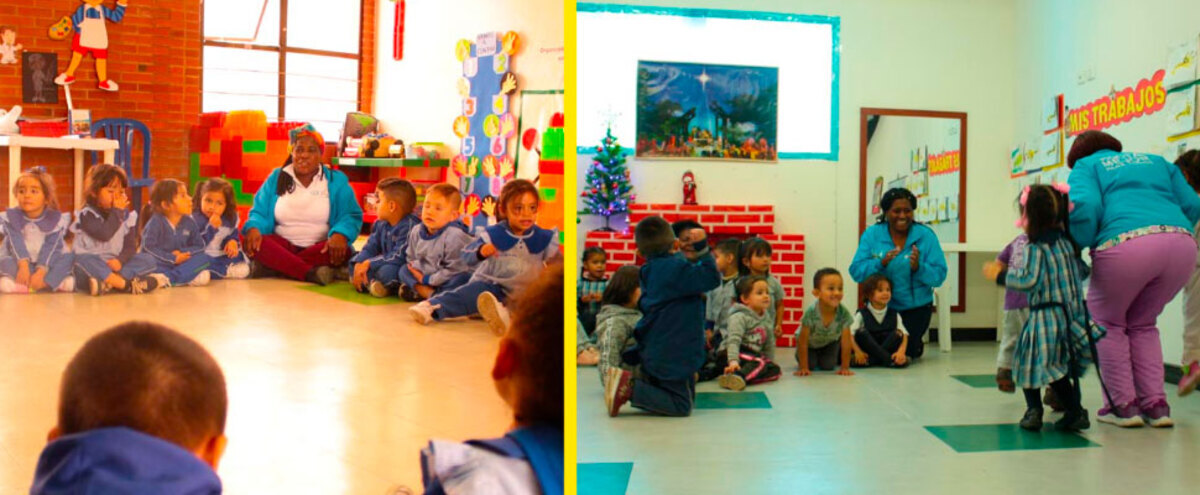Sawabona, Afro Woman Knowledge in Favor to Children
Sawabona is a greeting in the Zulú language and it means I respect you, I value you. But also Sawabona is a local initiative in Bogotá of leader afro women.

The Woman Post | Nibeth Adriana Duarte Camacho
Listen to this article
Read more content like this at: thewomanpost.com
This Zulú greeting is born from the tradition of all human beings are good. When someone in this tribe, in the South of Africa, does something wrong, the community takes the person to the center of the village for two days and the whole community says just good things that this person has done.
The tribe sees these mistakes as a help scream. So all community tries to help to person remember why he or she is good.
Sawabona also is a strategy built for leader and afro women that works with the Secretary of Social Integration in Bogotá. The Sawabonas make an accompaniment to kindergartens in almost all points of the city. They bring Afro culture, Raizel, and Palenque knowledge to the boys and girls of Bogotá.
Narcila Banguera and Janett Rocio Escobar Angulo are one of sixteen wises to make part of Sawabonas. They came from other parts of Colombia as Cali and Quibdó to share their traditions. Narcila and Janett same like other internal migrants found Bogotá a better place to live and raise their families.
Janett arrives in Engativá, Bogotá. there are twenty children from 3 to 4 years old wait for her in the Los Sauces kindergarten. Boys and girls run to hug them, start singing or greet them by the name of the games they have learned and that plays a very important role for afro children.
The aim of Sawabonas is thinking to build up kids’ attention around culture, community, tradition, and peace.
For Social Integration Secretary of Bogotá “the community is the principle of unity of the afro people inside and outside the territory. In Bogotá, afro people are recognized as a single great family whose roots are from the African continent. From this conception, the ancestral values of solidarity, fraternity, respect, and, ties of brotherhood, collective feeling, leadership, and system of beliefs are developed”.
In the beginning, the purpose going to be just for afro kids but was more important to speak to all, and that the mestizo population takes part in order to contribute to the recognition of Afro-Colombian knowledge and to counteract the practices of racism and discrimination.
In Bosa, at the other end of the city, at the La Esperanza kindergarten, Narcila Banguera arrives with her daughter Carol Dayana. Both have a very special activity for the nearly forty boys and girls who greet them is the last meeting of the year.
Also read: FRANCA OVADJE LEADS EQUALITY FOR AFRICAN WOMEN
To Sawabonas were real was essential Decree 507 and 506 of 2017, whose objective is to adopt the Comprehensive Plan of Affirmative Actions for the Recognition of Cultural Diversity and the Guarantee of the Rights, respectively, of the Afro-descendant, Palenquero and Raizel population residing in Bogotá, D.C.”
According to a report by the Planning Secretary, in 2014 there were 155,088 Afro-descendants in the capital. The strategy has covered nearly one hundred kindergartens in 18 locations: Antonio Nariño, Barrios Unidos, Bosa, Chapinero, Ciudad Bolívar, Engativá, Fontibón, Kennedy, Mártires, Puente Aranda, Rafael Uribe, San Cristóbal, Santafé, Suba, Teusaquillo, Tunjuelito , Usaquén and Usme.




